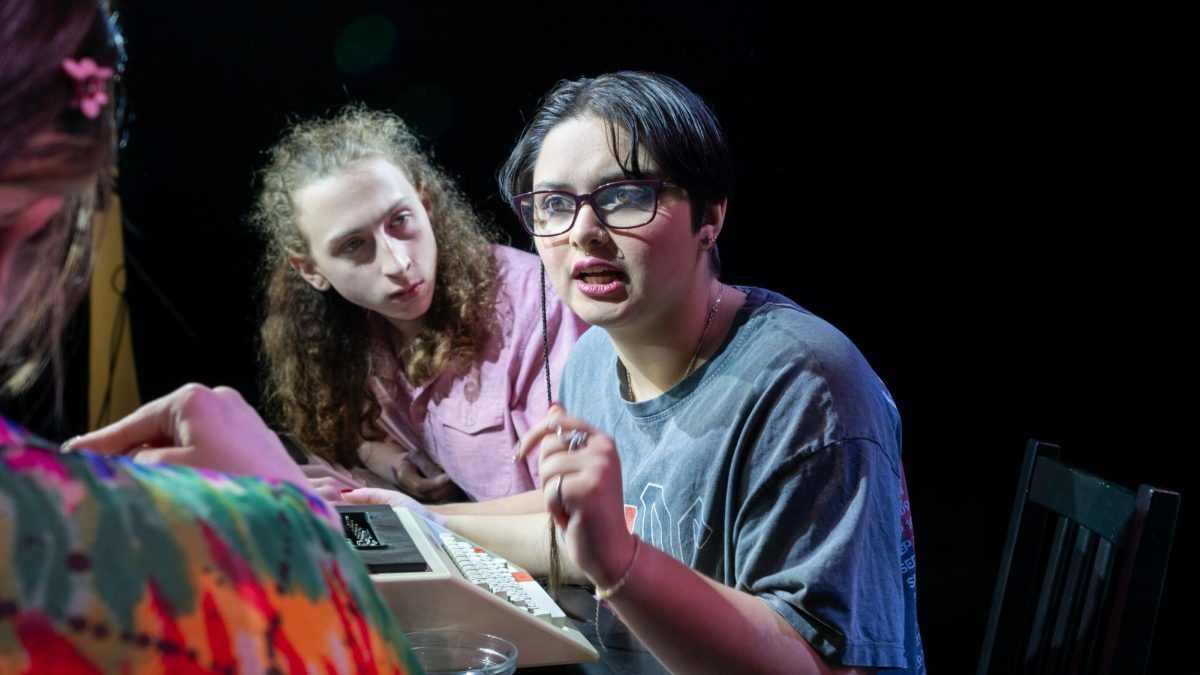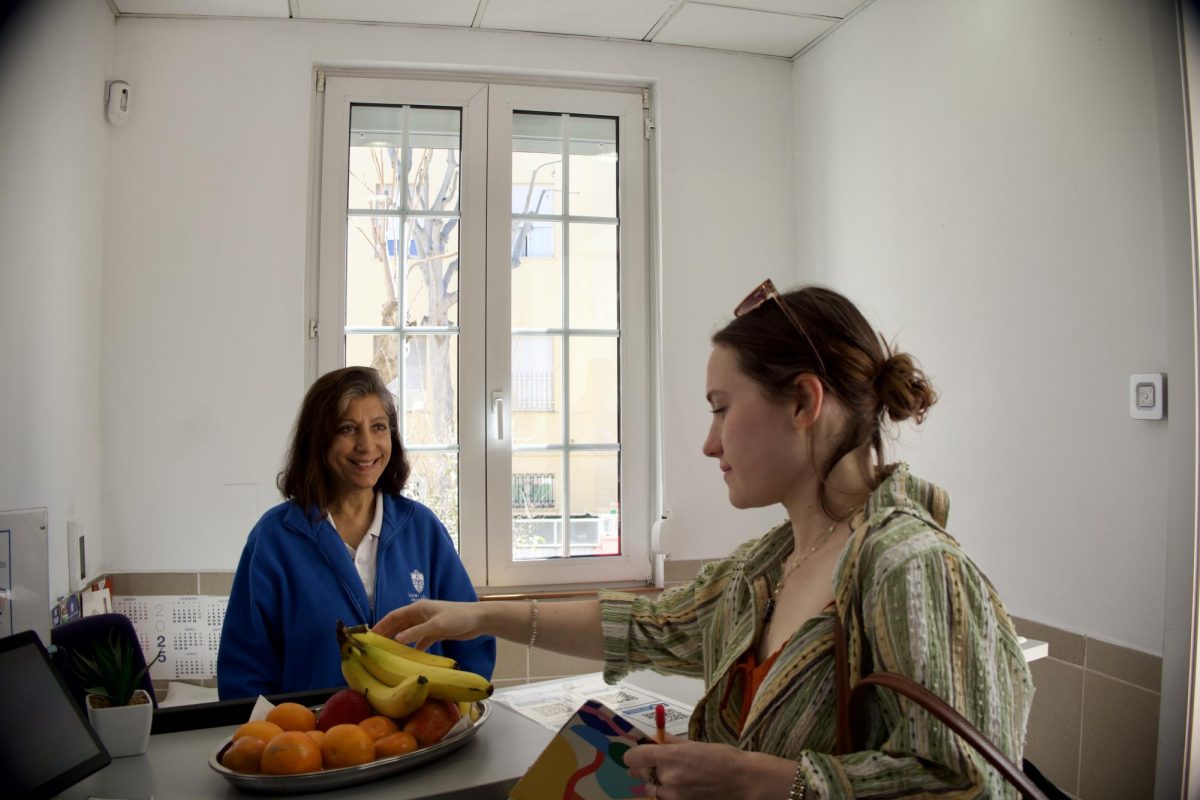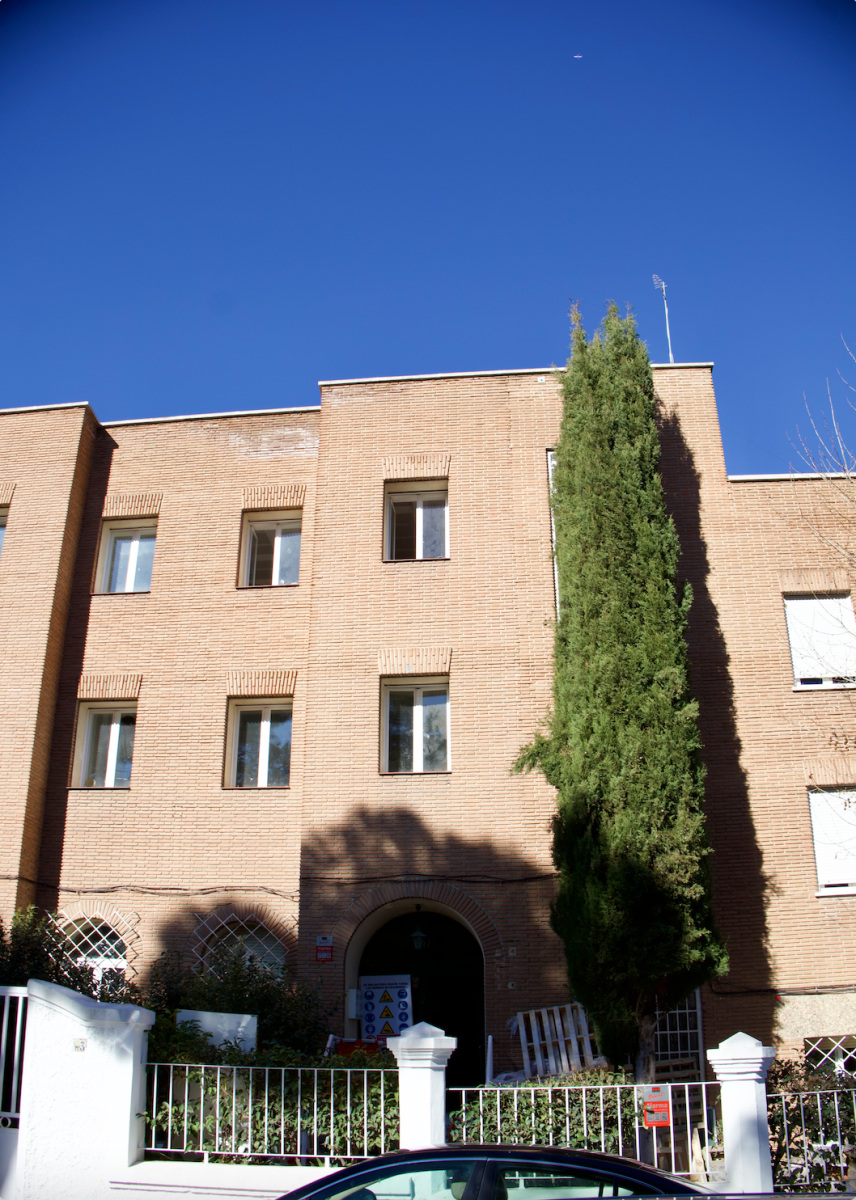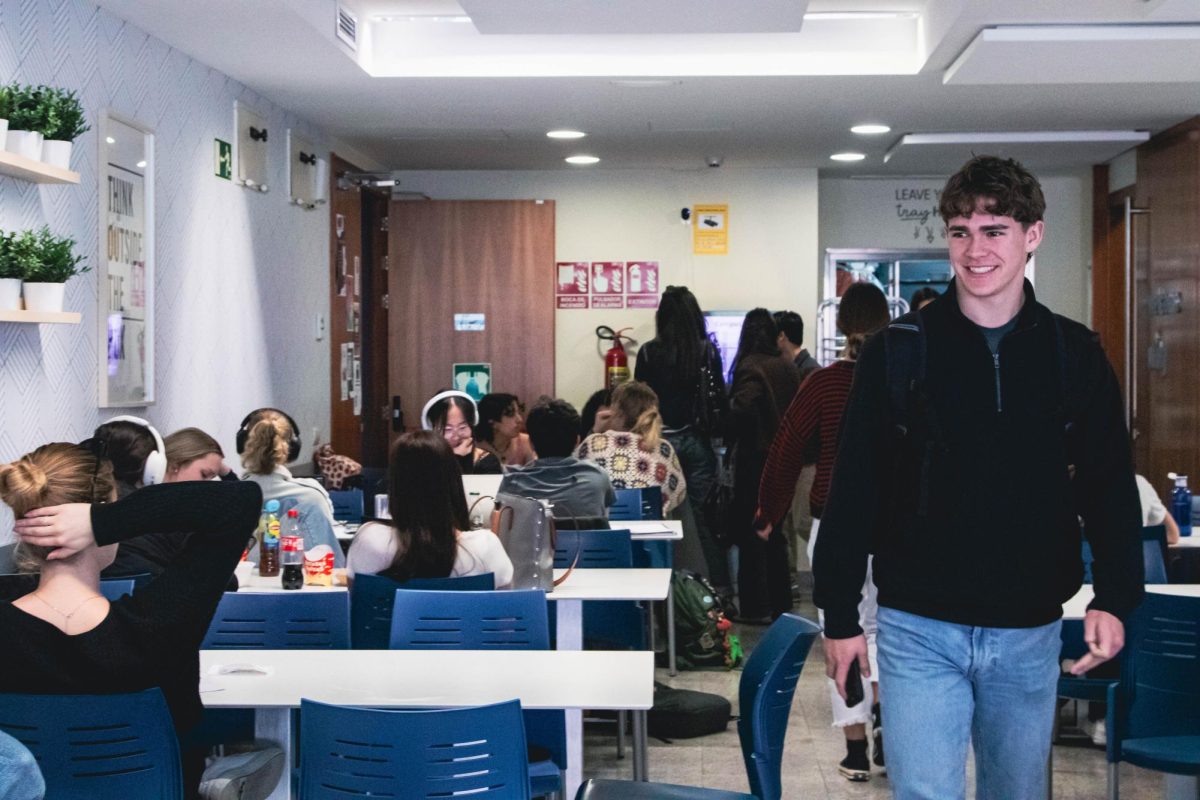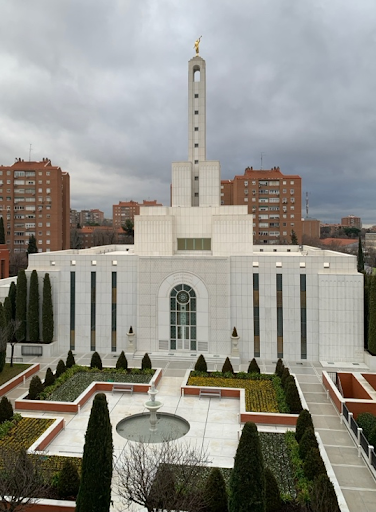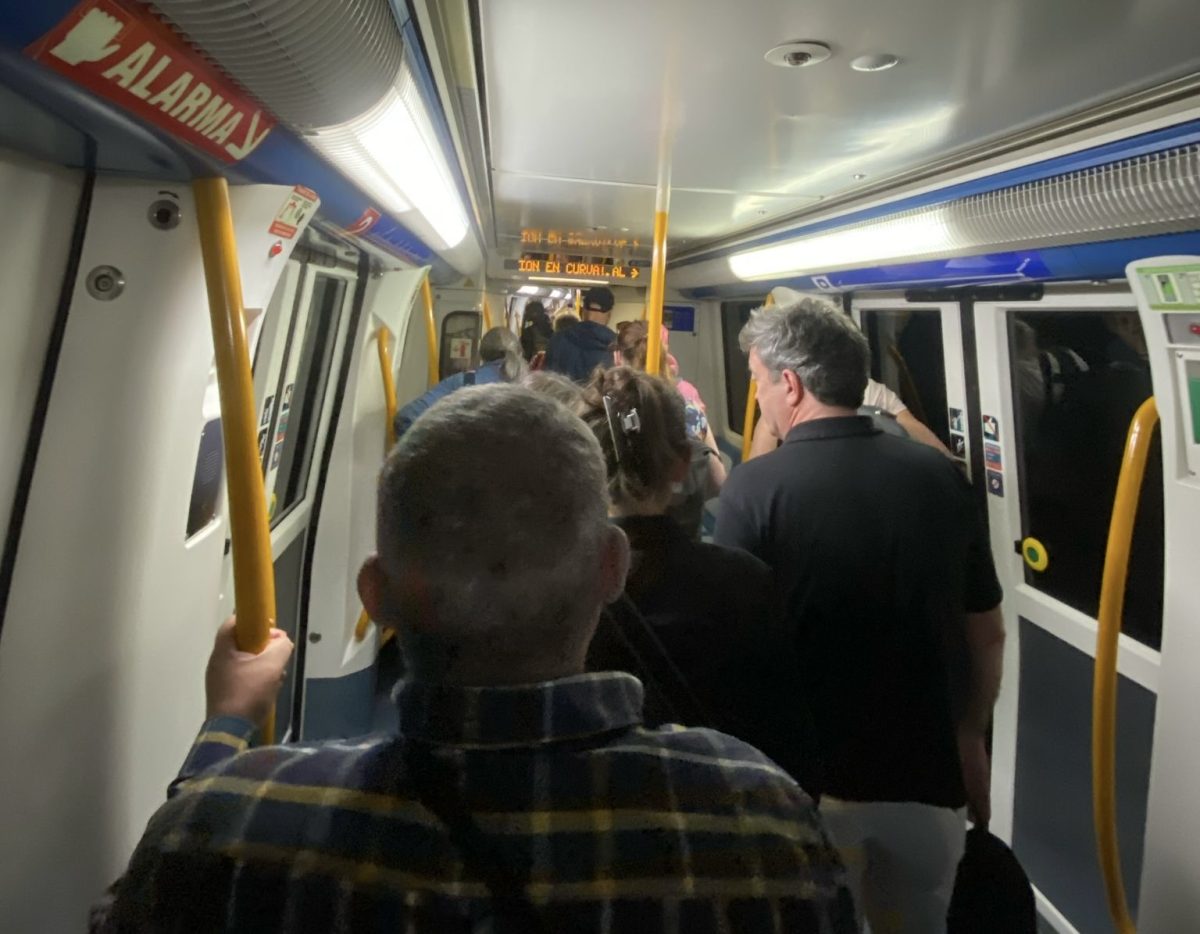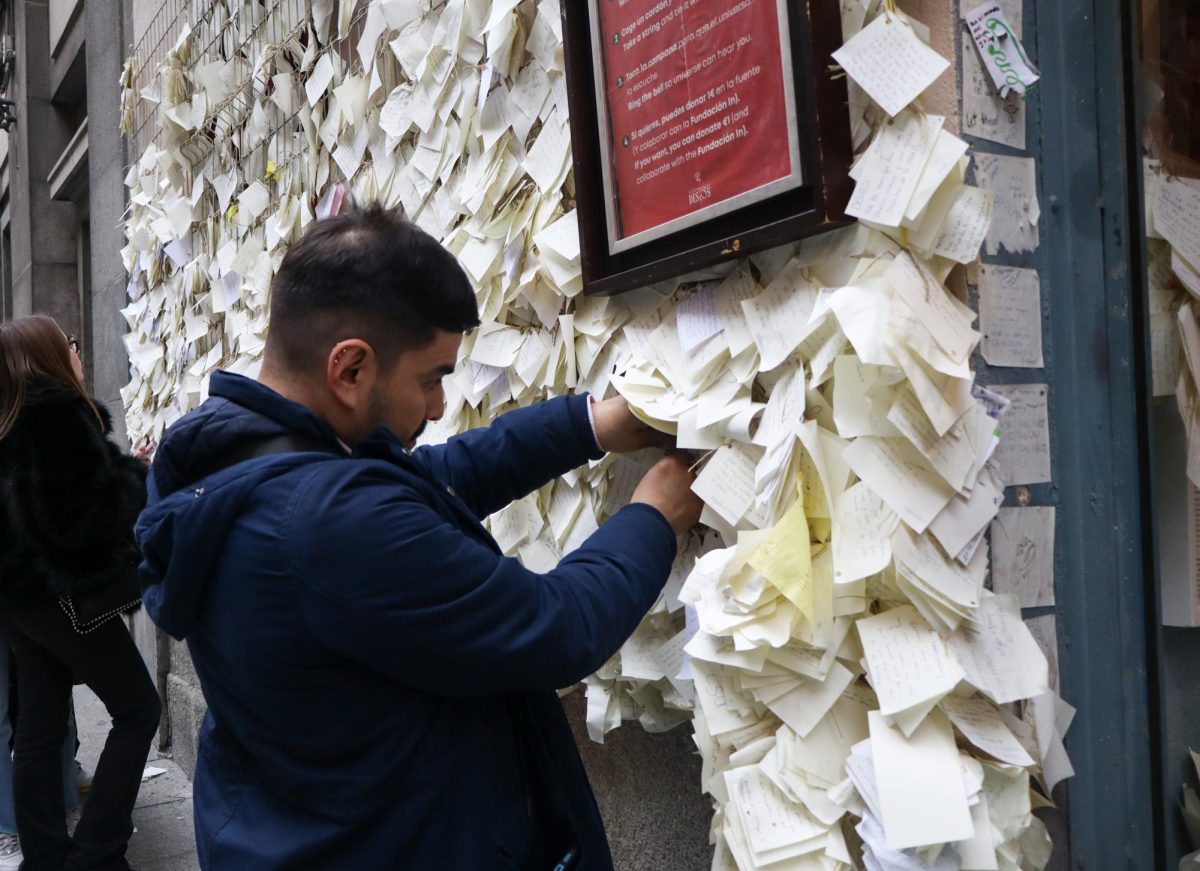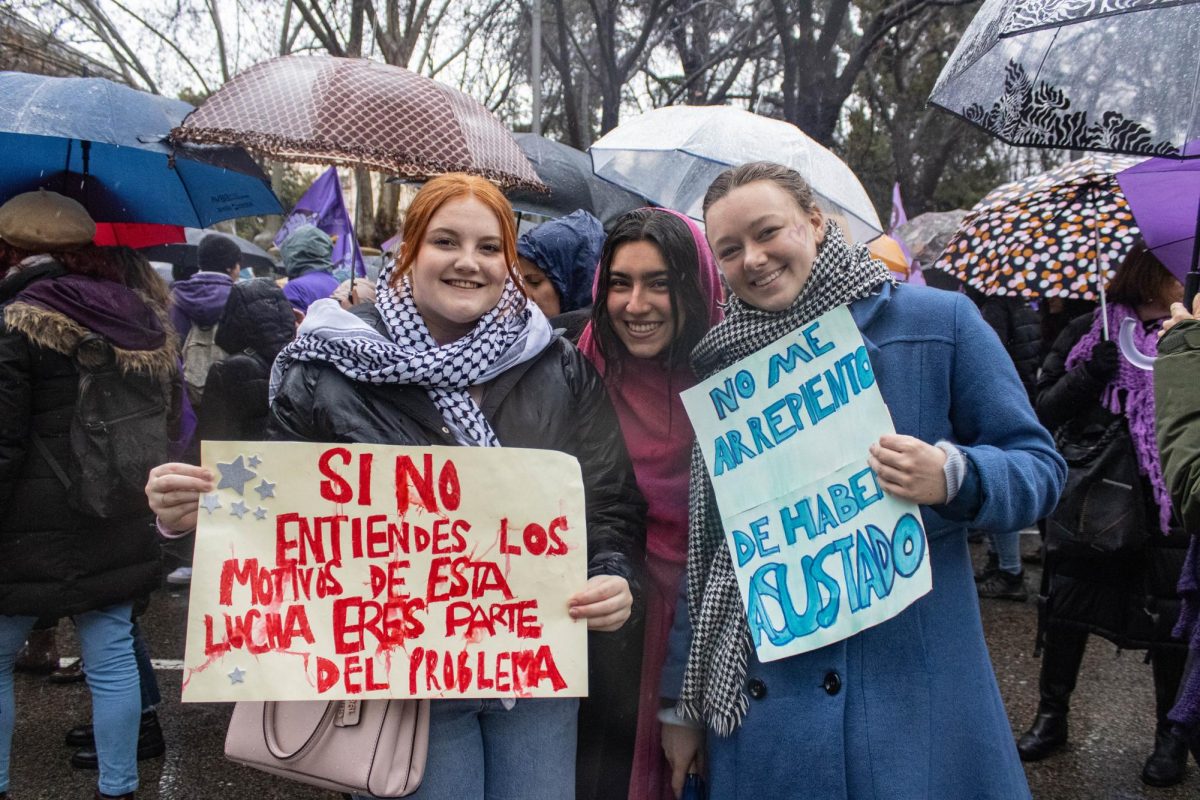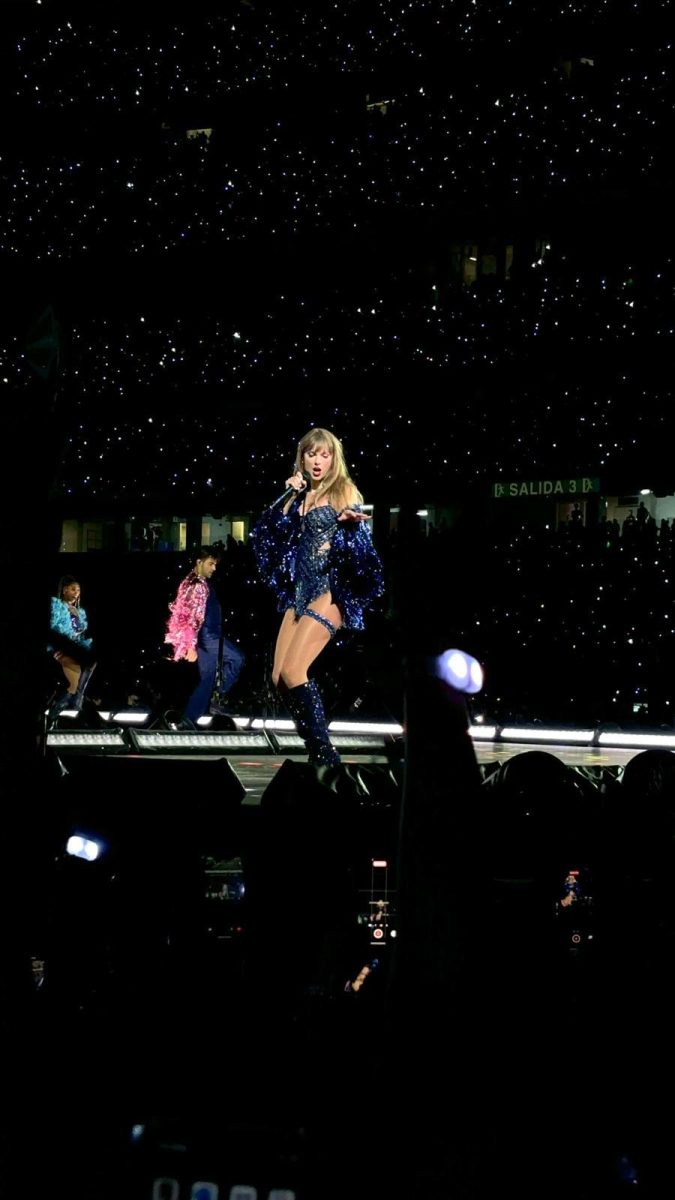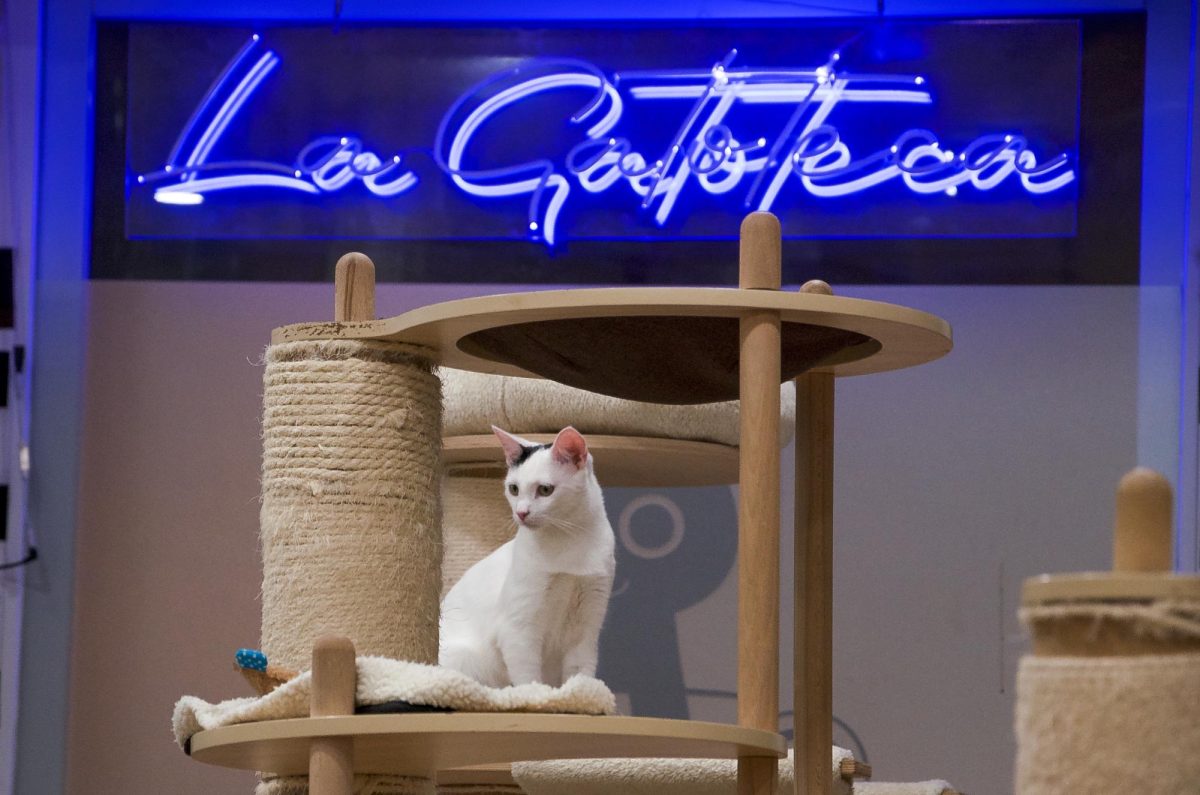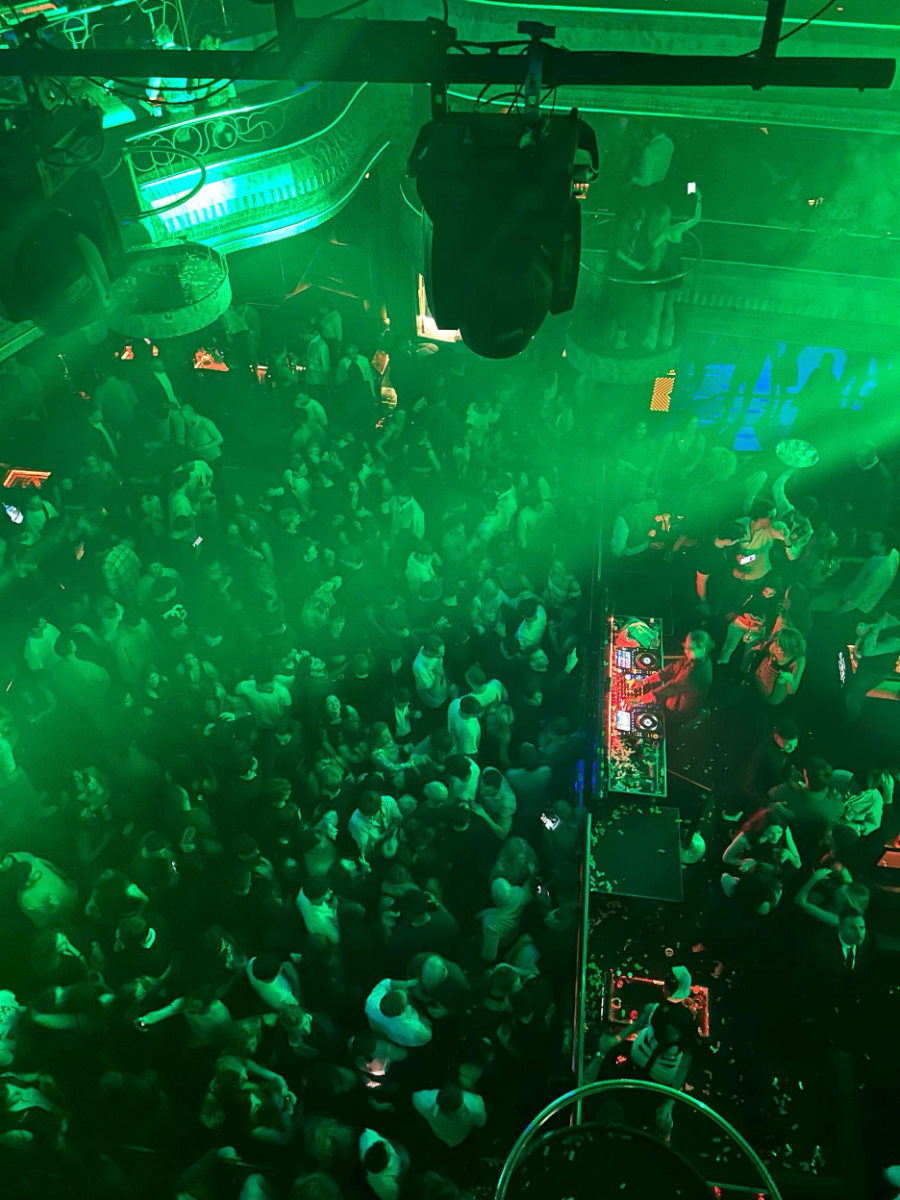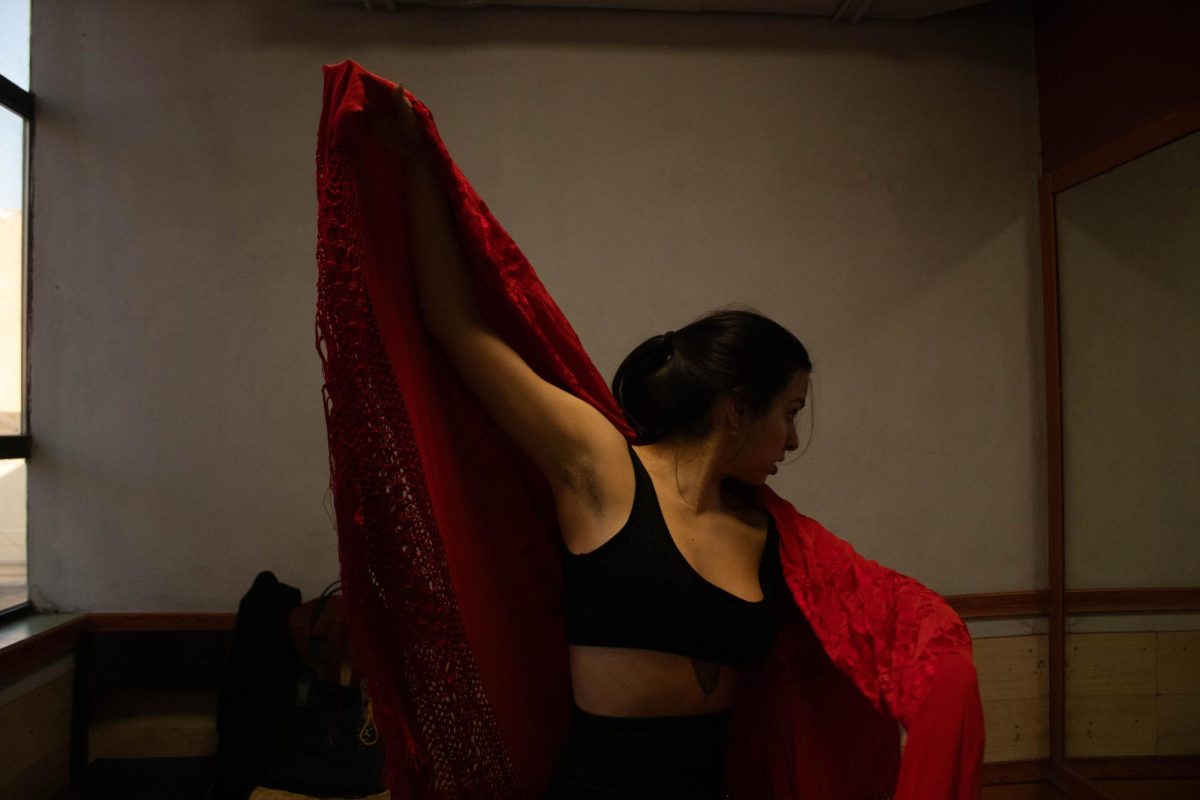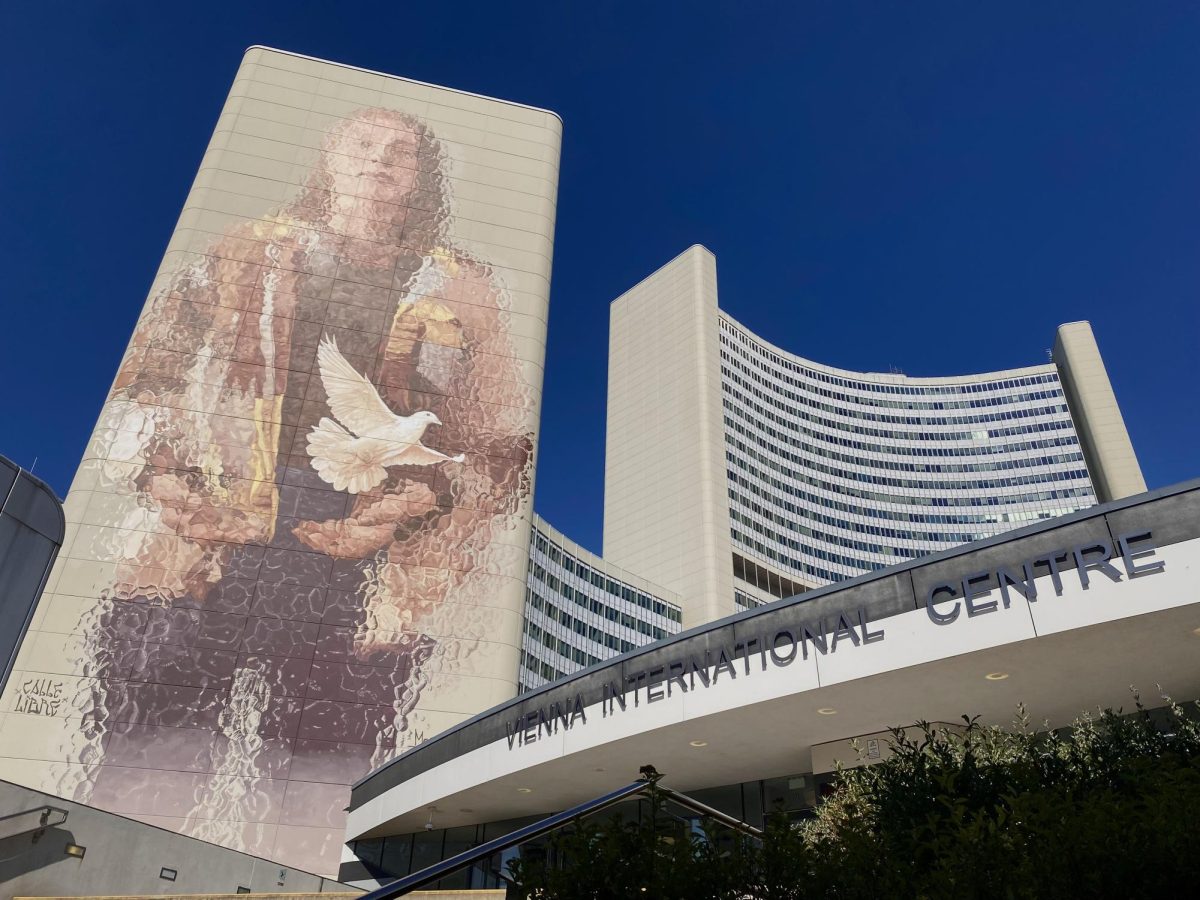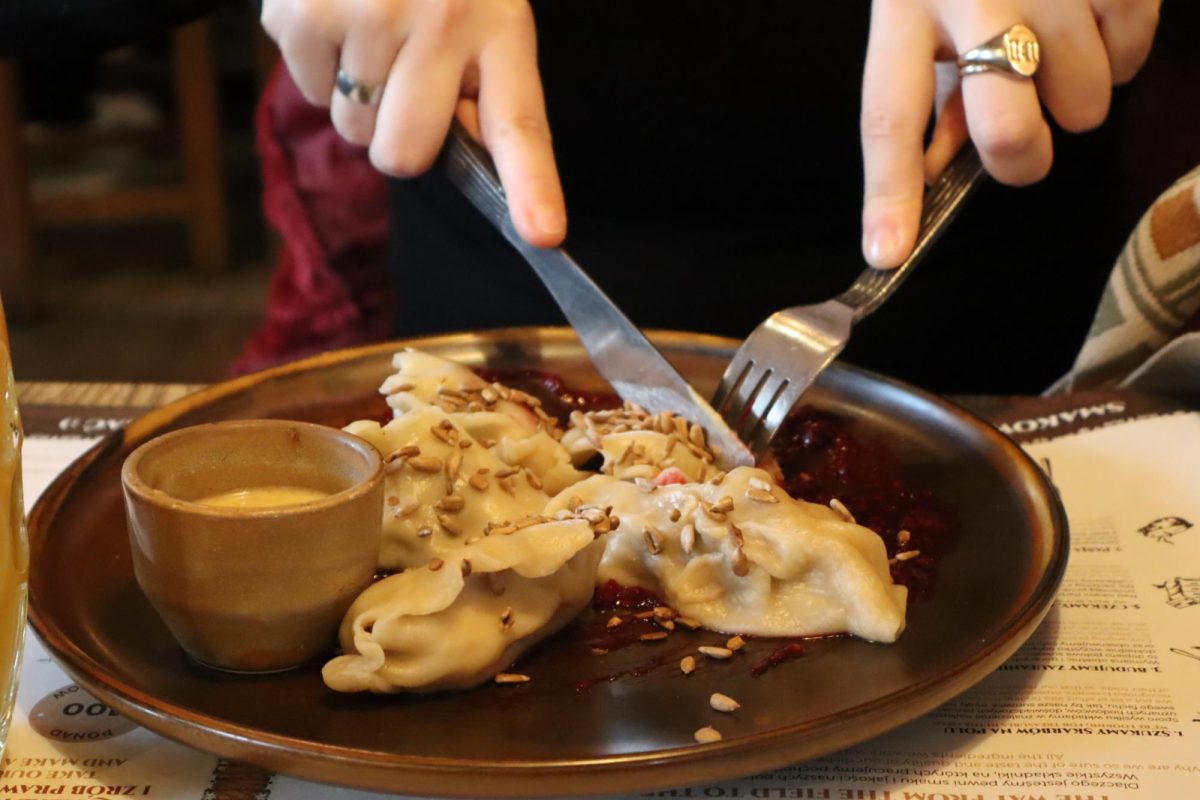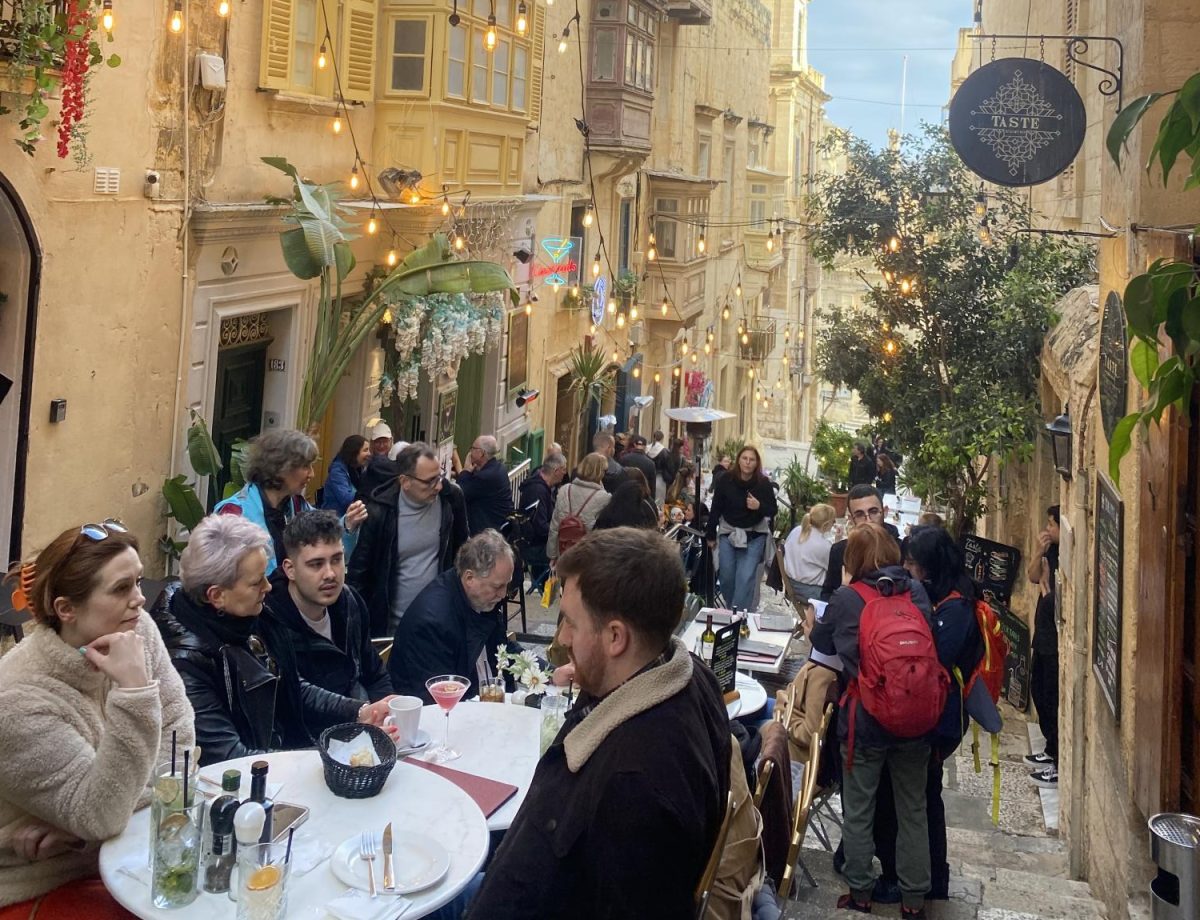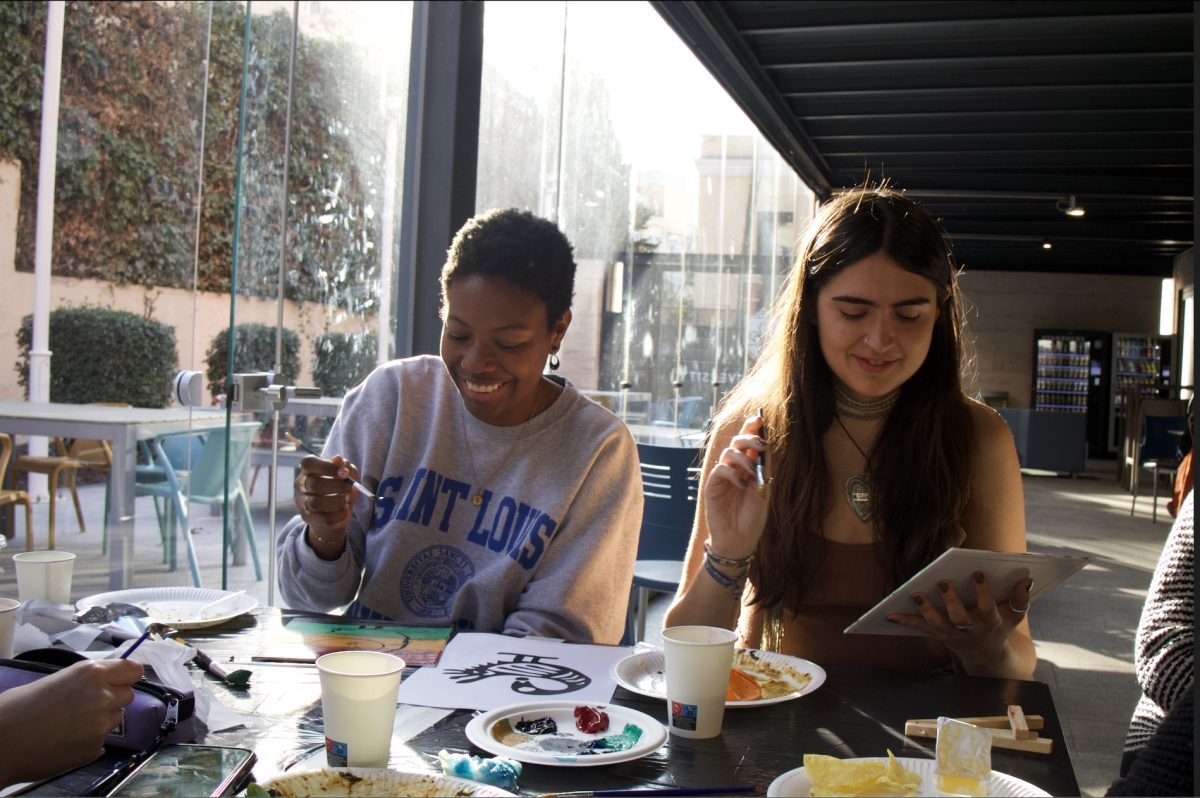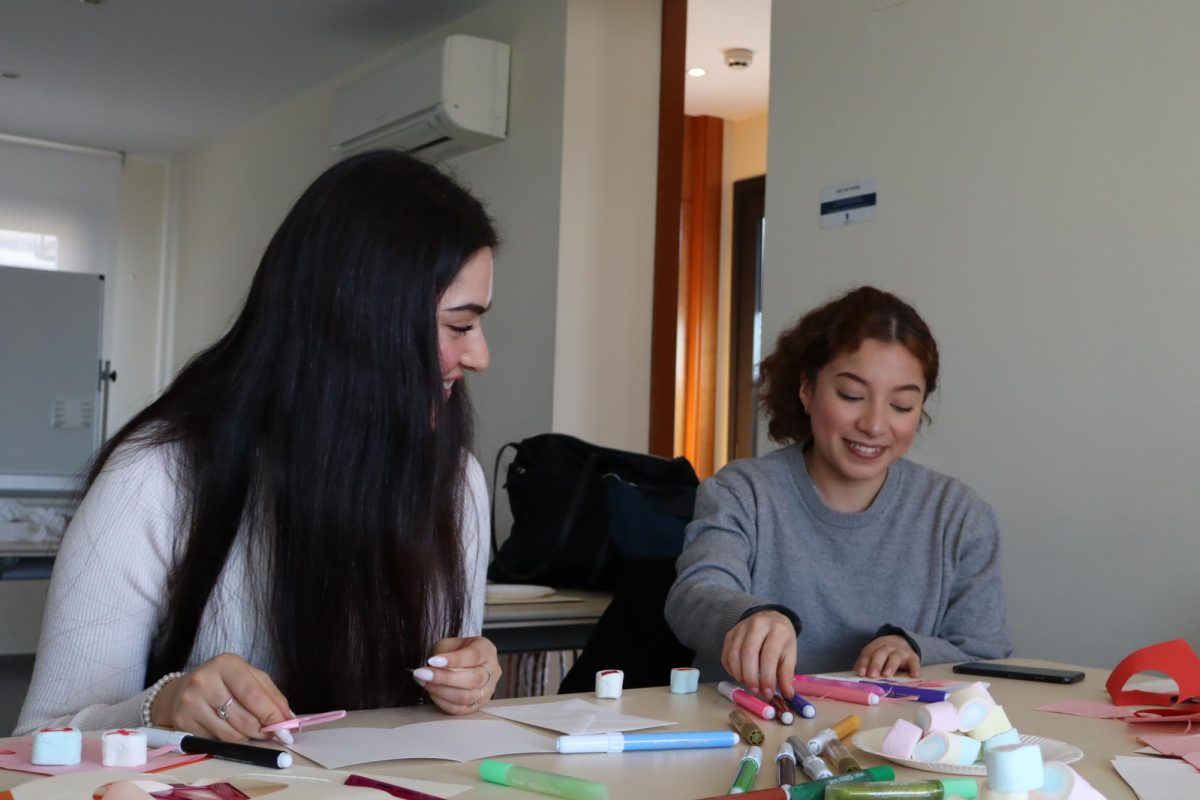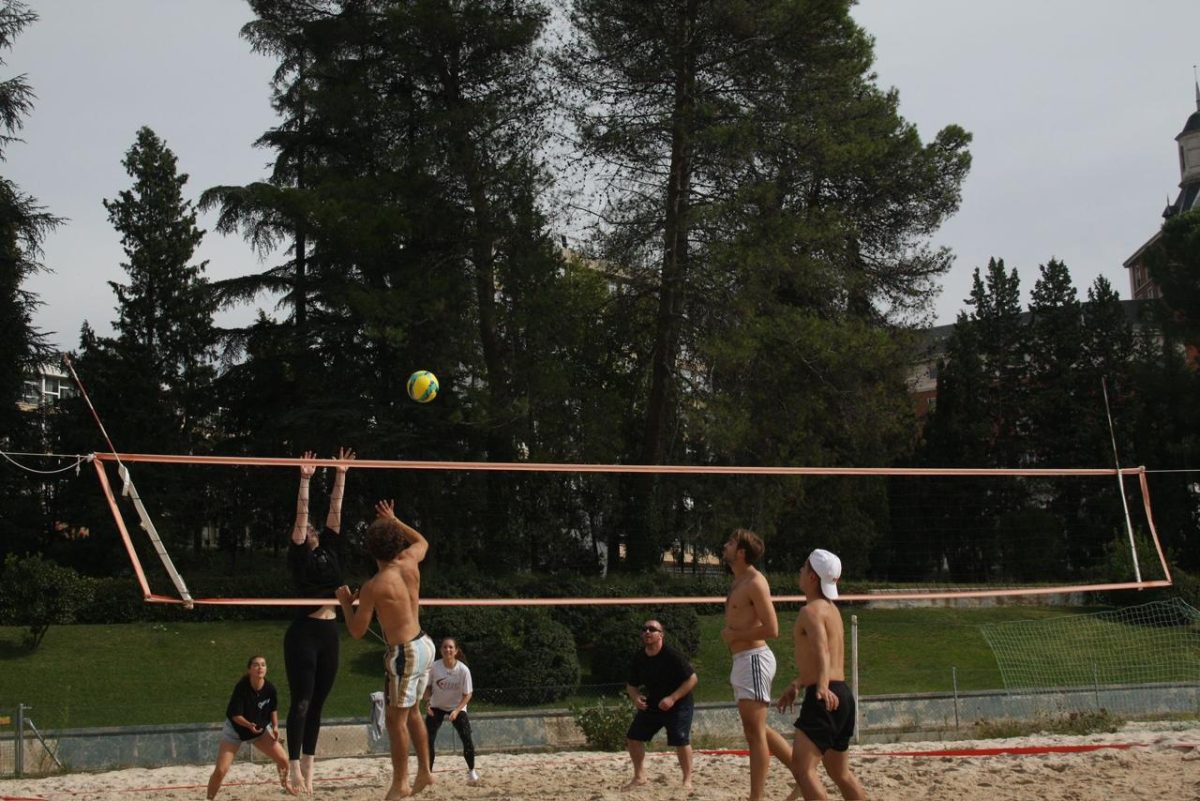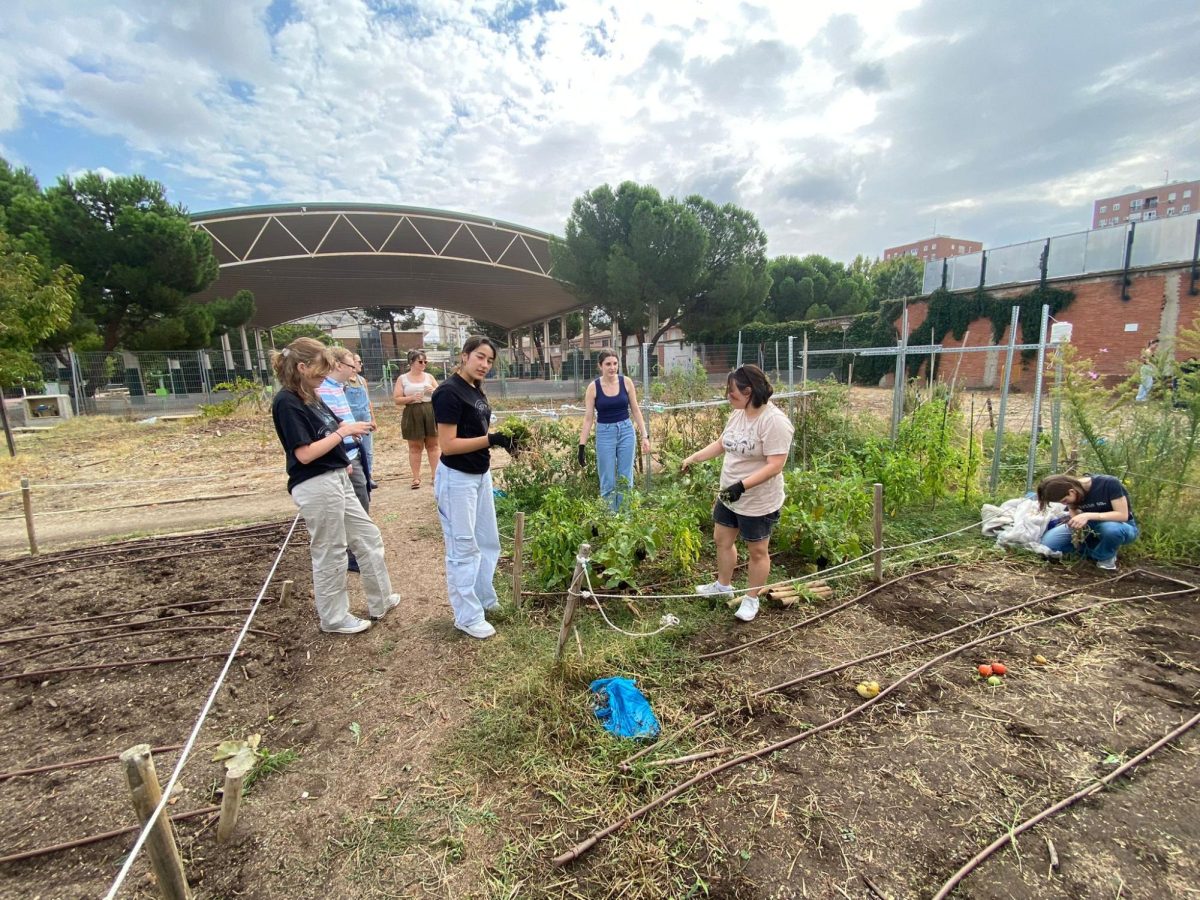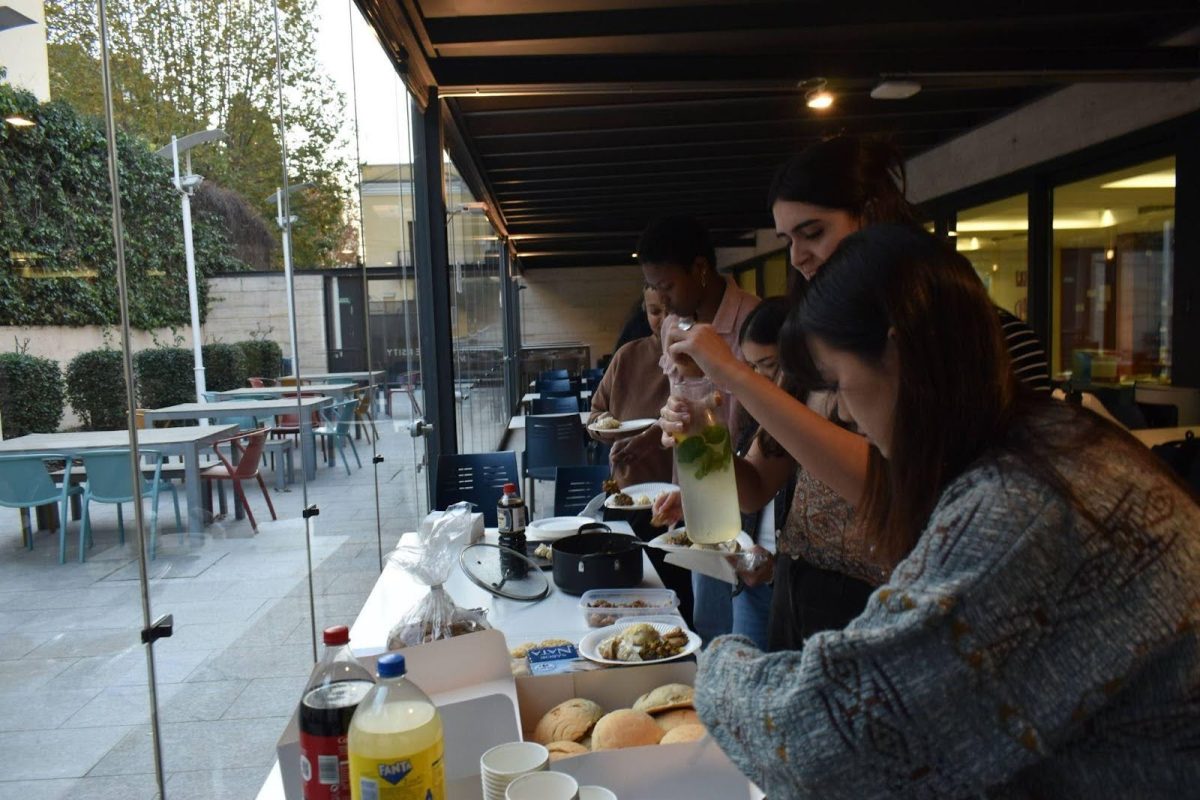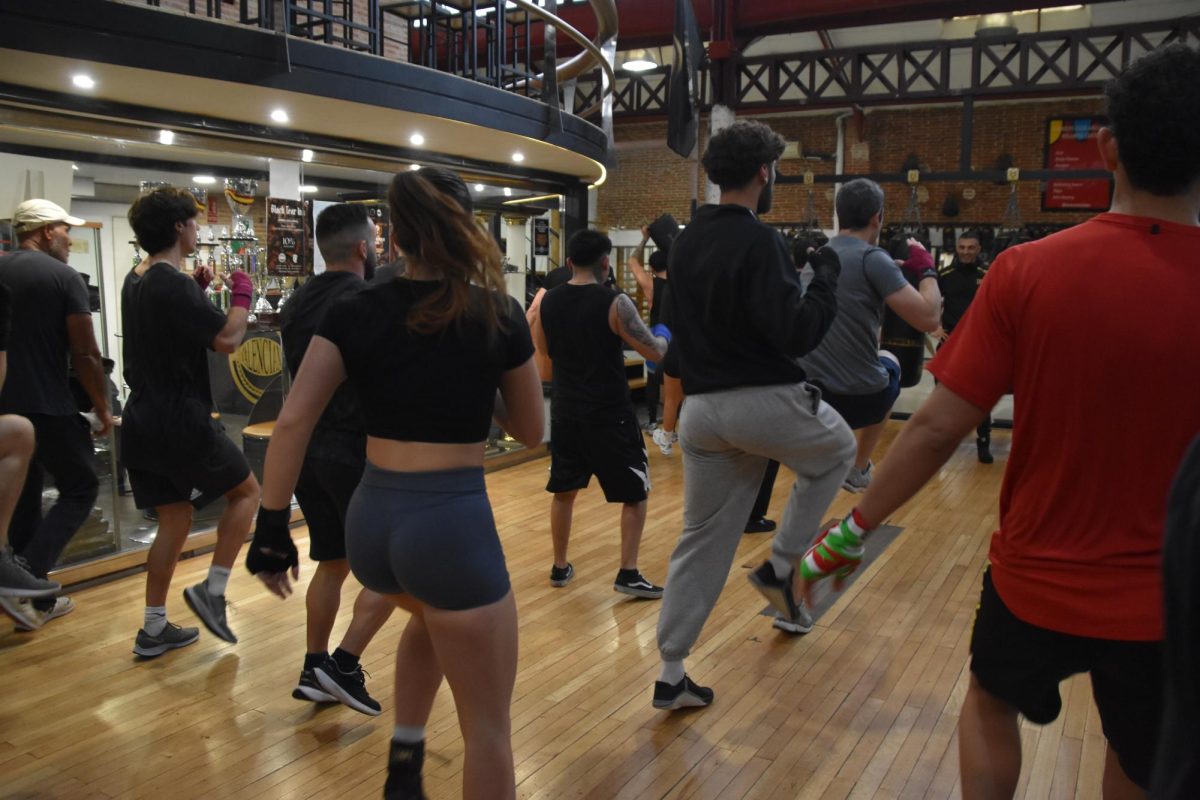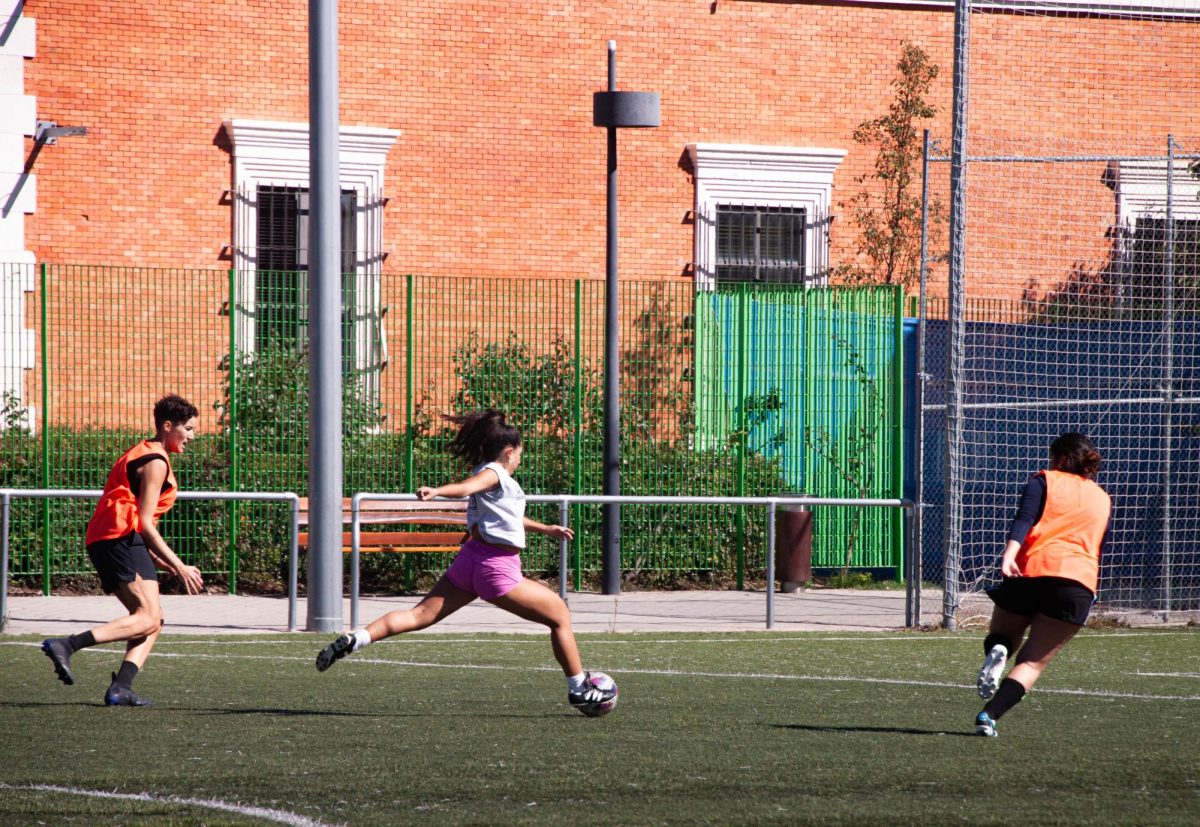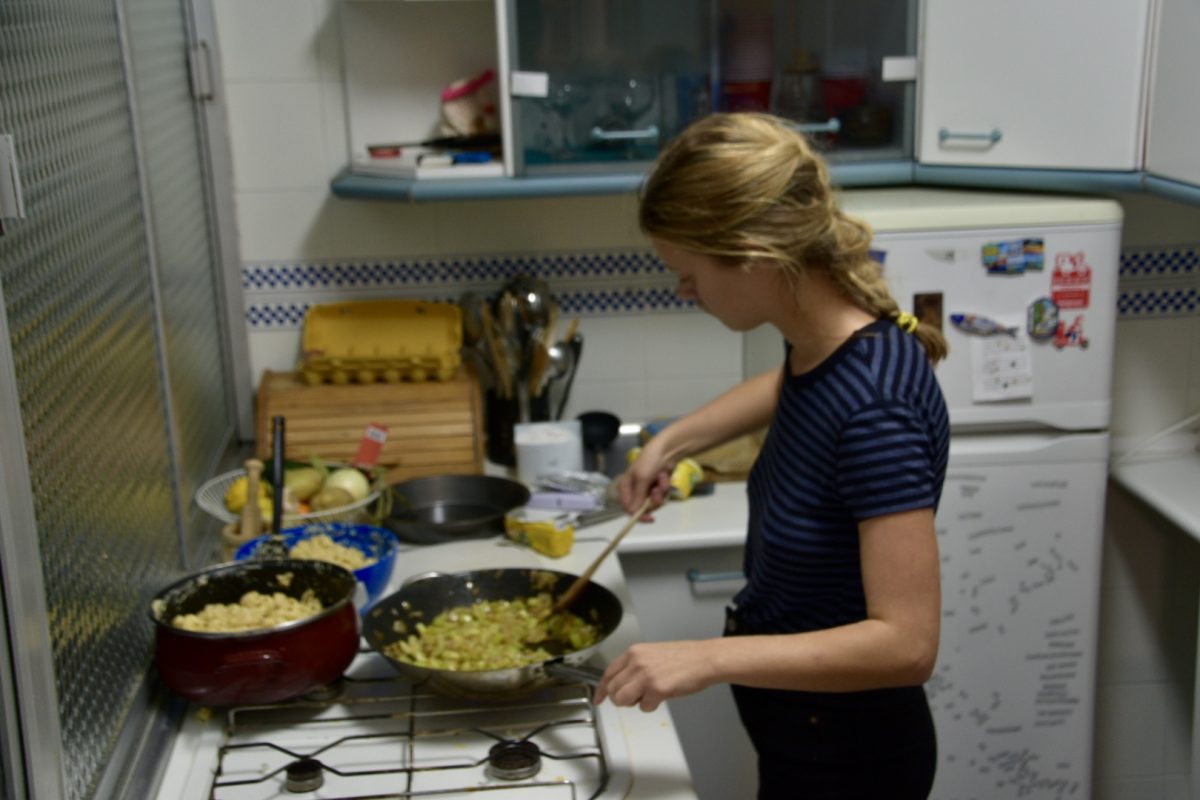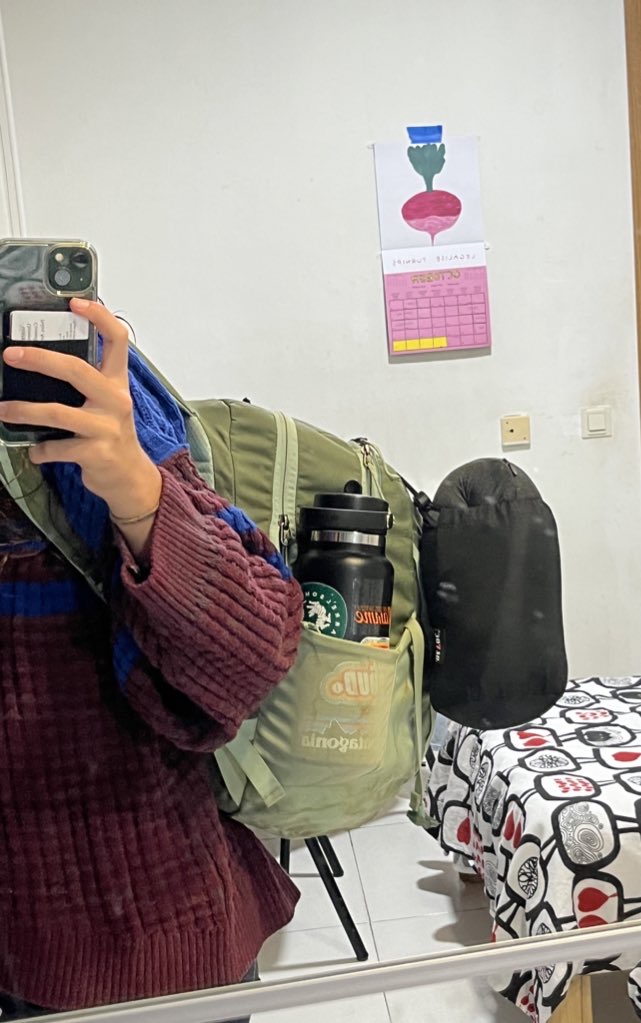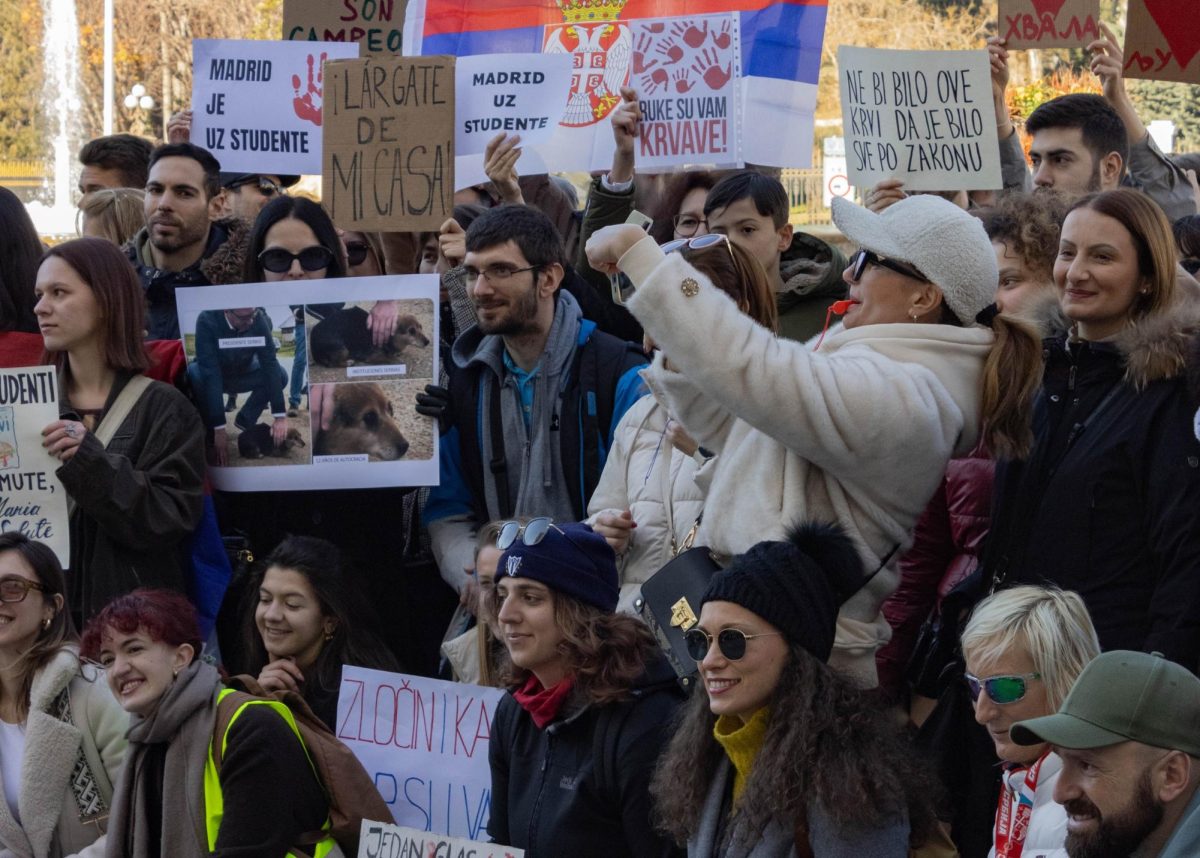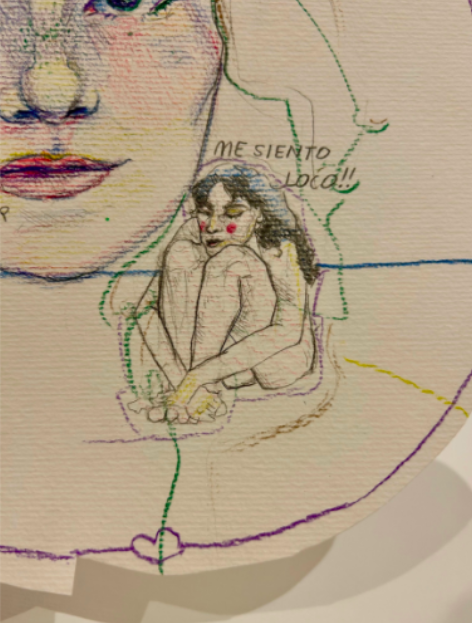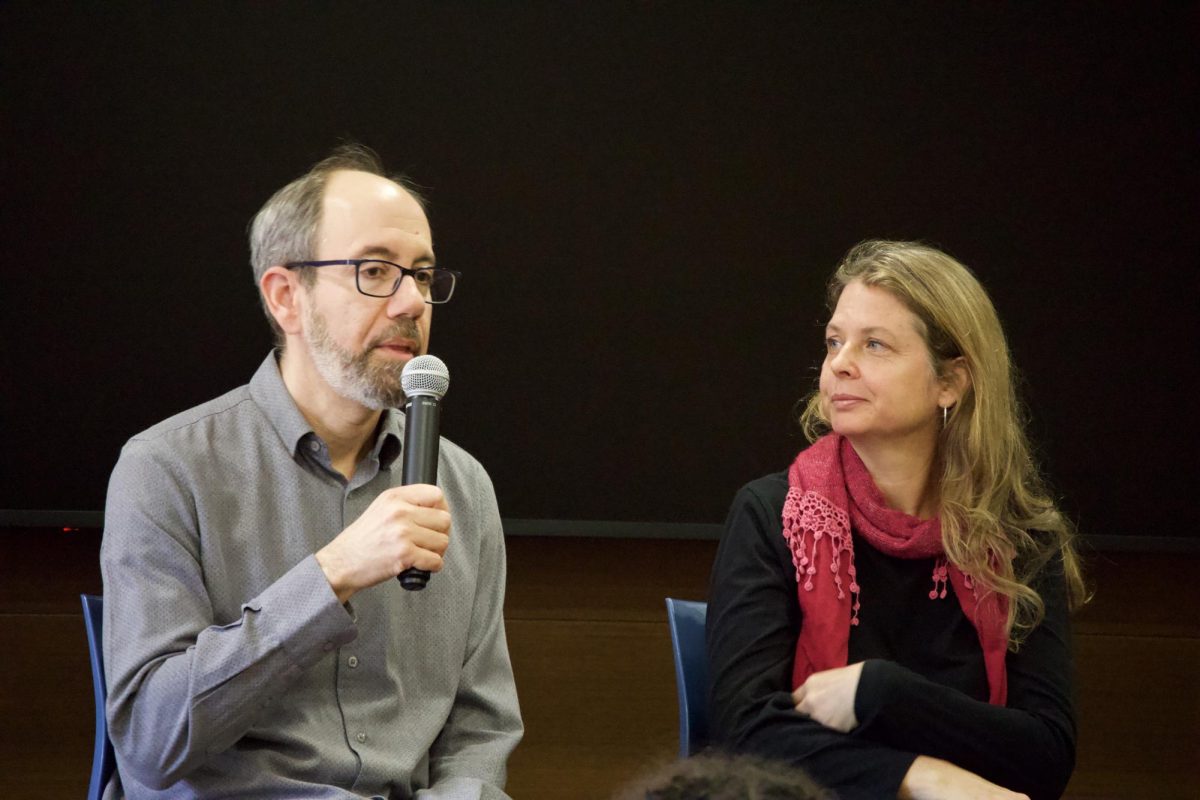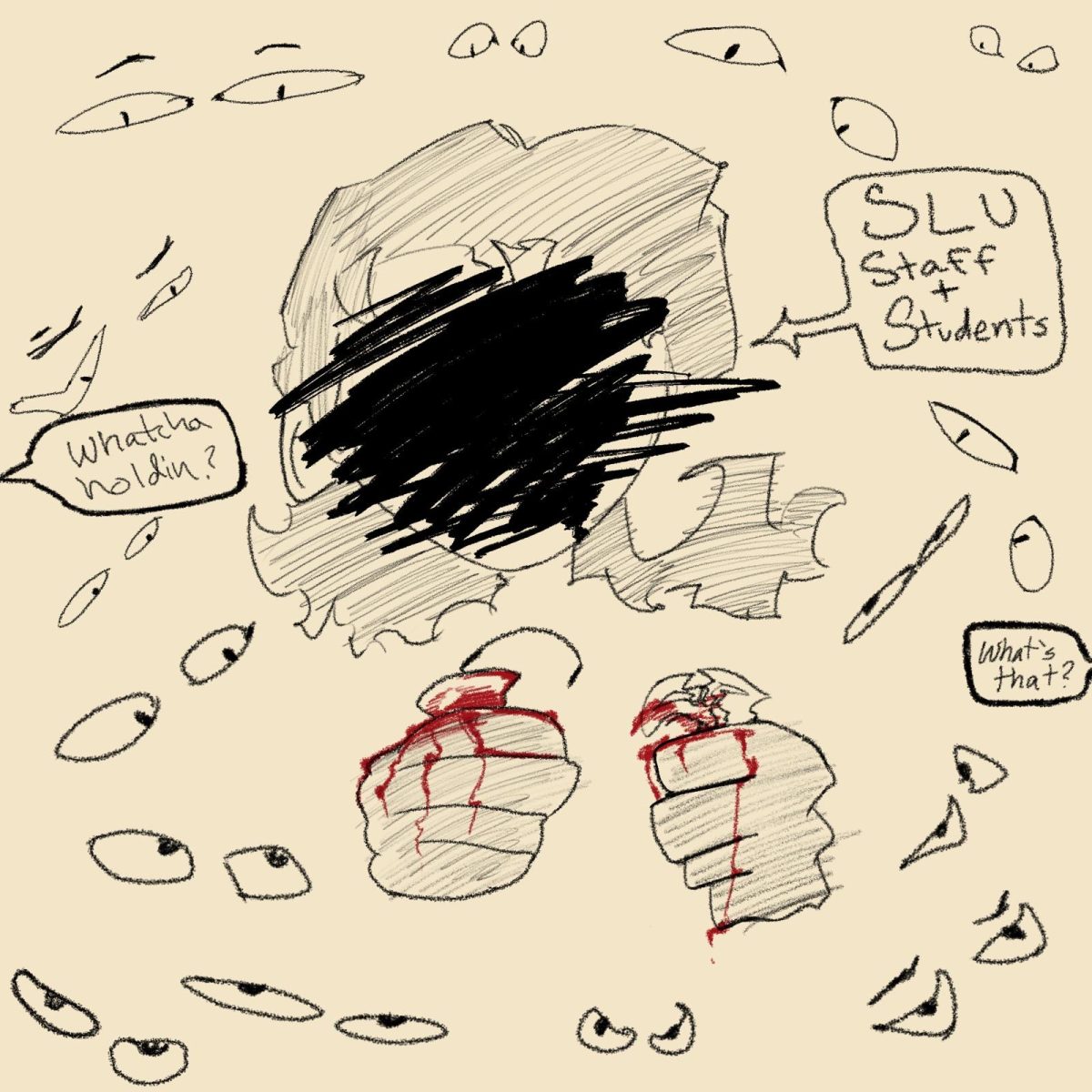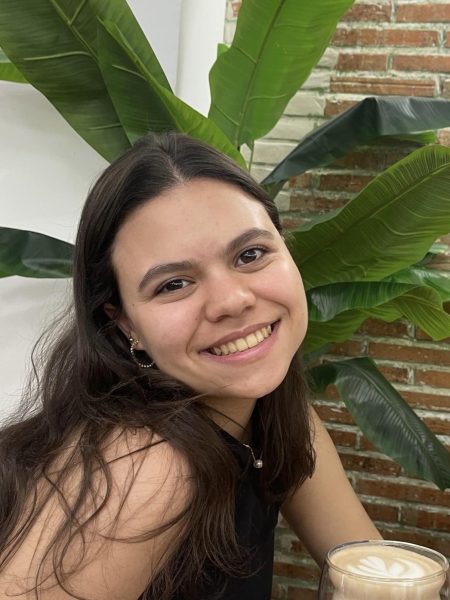On October 30th, Almudena Carracedo and Robert Bahar, directors and creators of the Netflix documentary “No Estás Sola,” visited SLU-Madrid for a Q&A event co-sponsored by the visual and performing arts, communication, women and gender studies, political science and Spanish departments.
The documentary follows the Spanish #MeToo movement, and its upsurge after the court ruling of La Manada case, a crime of sexual violence that occurred during the 2016 Fiesta de San Fermín in Pamplona and unfolded in protests around Spain and the world. Through a compilation of testimonies, archival material and protest footage, “No Estás Sola” tells the story of this case and the media frenzy that it led to from the point of view of the victim survivors.
“When we started researching, what we realized is that a lot of the things that we thought we knew, we actually didn’t, and that’s because what remained really was a distorted version of the story that had been told primarily from the point of view of the of the men who were later condemned,” Carracedo said to a NewSLU representative in an interview before the event.
It was important to the directors that the film was done rigorously and accurately depicted women’s experiences. The very first step they took was asking the survivors and their families for permission to use their stories.
“We wanted to do a film that was, you know, 0% sensational and 100% rigorous… avoid revictimization. The principle of ‘do no harm’,” said Carracedo.
With the survivors’ blessings, Carracedo and Bahar started putting the documentary together. The process was not easy. They started making the film during the pandemic and kept it a secret for three years, until ten days before it was released.
“For the families and everyone who participated, if this got out, it could’ve led to a lot of pressure on them from social media.. pursuing…” Bahar said, trailing off and shaking his head.
Balancing pandemic filming regulations and the secrecy of the process, the directors faced the challenge of creating a film that held equal parts informative and cinematic value.
“We took months and months in order to build trust and develop access to the people who had lived this story,” said Bahar.
He explained that the project also required extensive research.
“We must’ve worked with more than a thousand hours of archival material.”
Despite challenges, the documentary aired on Netflix in 2023, and is now available for people all over the world to watch.
Part of its purpose, Carracedo explained, is “trying to generate that very needed conversation around issues that are normally invisible, even though we’re surrounded by them.”
Since the movie premiered, Carracedo and Bahar have been screening it in police academies, city halls, high schools and universities around Spain. The event in SLU Madrid was one stop in this educational tour.
“After the film is done, then that’s when the work starts. You know? And that’s when we start using it as a tool for those very, very much-needed conversations,” said Carracedo, smiling.
Around 30 students in communication classes and others who saw the announcement posters around campus attended the 1-hour Q&A in the SLU-Madrid auditorium. They raised their hands from the audience to ask the directors about the process of creating the documentary. A screening had been held two days prior to the event, so students in attendance could watch the film before meeting its creators.
To a student who asked the directors how they handle the emotional toll of making a film with such a serious subject matter, Carracedo answered:
“It is very hard for us […] but, the way it happened is the way it had to be told.”
